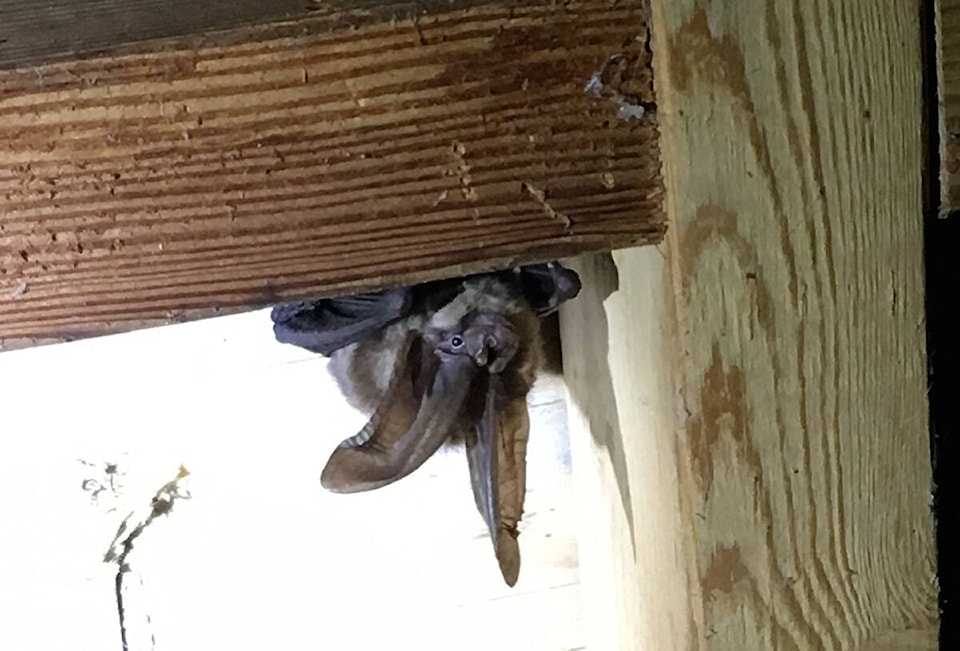By Bernhard Juurlink
The Cowichan Estuary Restoration and Conservation Association (CERCA) has recently been recognized for its bat survey work at the Western Bat Working Group conference held in Victoria on April 18-21.
CERCA was awarded the Bob Berry Scholarship Award in the form of a Pettersson D500x full-spectrum passive bat acoustic monitoring device and the licence to the bat echolocation analysis software, Sonobat 30. Bat experts consider the D500x and Sonobat 30 to be the top in their fields. CERCA is very fortunate to have access to both.
This is the third year that CERCA volunteers are setting out a variety of acoustic devices to determine which bat species are present in the Cowichan. Little is known about bats on Vancouver Island and now that White Nose Syndrome fungus has been identified in B.C., CERCA’s bat survey becomes even more important. We are hoping to get a better idea of which habitats are preferred for which species of bat, and for the migratory bats, when they arrive and when they leave.
Sixteen bat species have been recorded in B.C. From previous surveys CERCA carried out we are quite confident that we have the Big Brown bat, Hoary bat, Eastern Red bat, Silver-haired bat and the following myotis species: Little Brown, California, Yuma, Long-eared and Long-legged bats in the Cowichan Valley. There may also be Townsend’s Big-eared bat, Pallid bat, Canyon bat, Mexican Free-tailed bat and Northern Long-eared bat. The Sonobat 30 software will better enable us to determine whether these latter species are actually present in the Cowichan Valley.
Even though 20 per cent of all mammalian species are bats, little is known about bats. Unfortunately, many people have negative views of bats. It is true that a few bats can carry the rabies virus, but so can many other mammals such as raccoons, skunks, foxes, cats and dogs.
What is not appreciated by many people is that bats eat crop-damaging and tree-damaging insects as well as other insects such as mosquitos. It is estimated that the value of bats to agriculture in North America is somewhere between $4 and $50 billion annually. But bats should be primarily appreciated for being such interesting creatures we share the earth with. Mature female bats typically only have one offspring per year, thus a very low reproductive rate compared to many other mammals, e.g., rabbits. And, did you know that mother bats use the bat version of baby talk when communicating with their babies?
CERCA will be holding a mini-symposium on Vancouver Island bats in the evening of June 5 (World Environment Day) in the Large Lecture Theatre, Vancouver Island University in Duncan. For students that attend this mini-symposium there will be a door prize. The prize is a copy of Bats of British Columbia by Dr. Cori Lausen and colleagues that is signed by Lausen. Details of this mini-symposium will be advertised in the coming month.
In addition to the bat survey, CERCA is also studying microplastics in the Cowichan River and Bay, and monitoring forage fish, Dungess crab larvae, swallow populations as well as assisting the Canadian Wildlife service migratory bird telemetry tracking in the estuary and bay.
